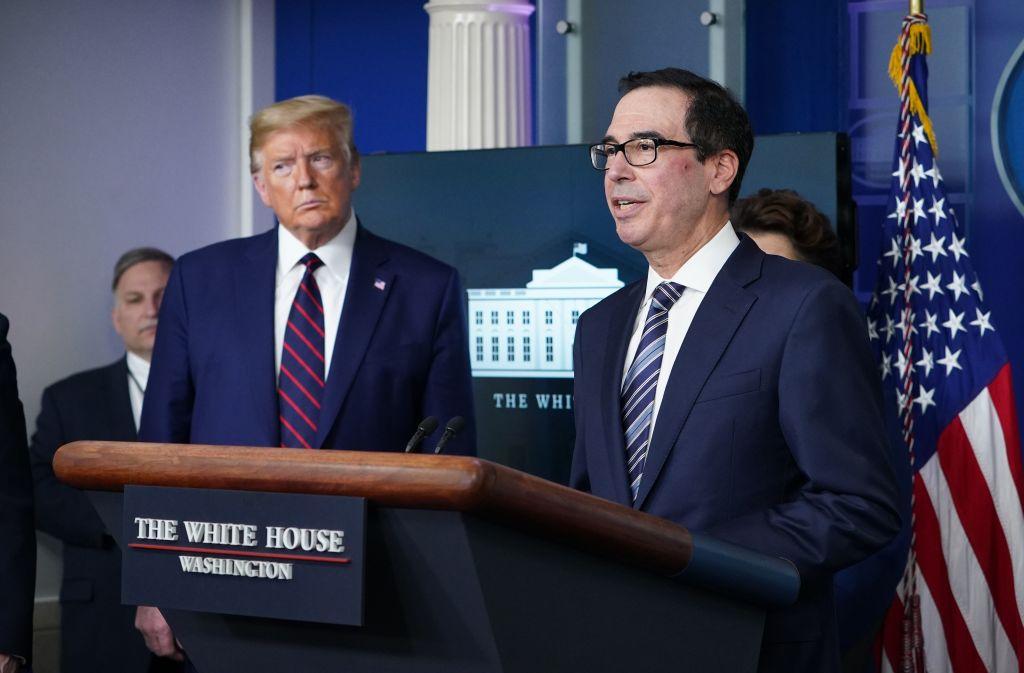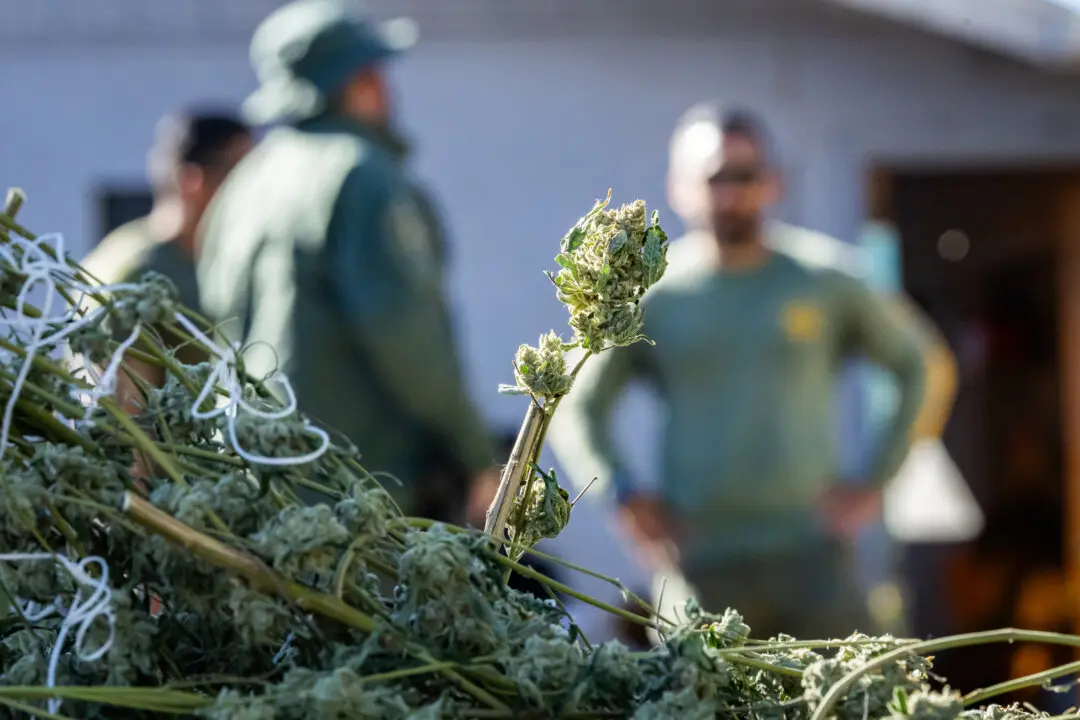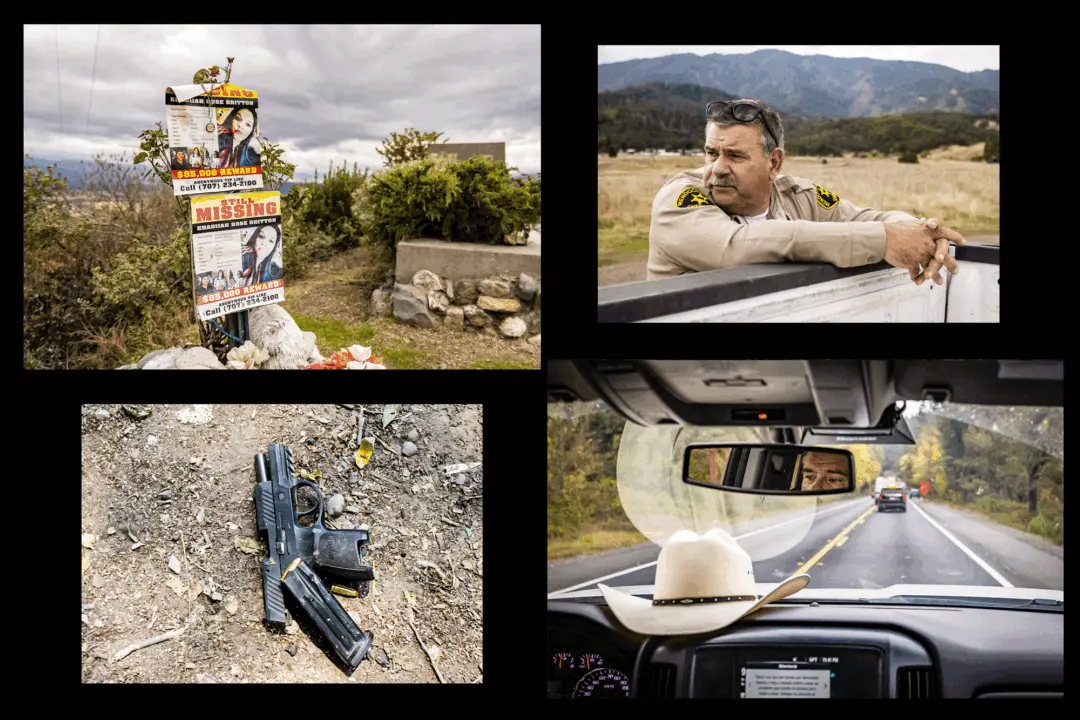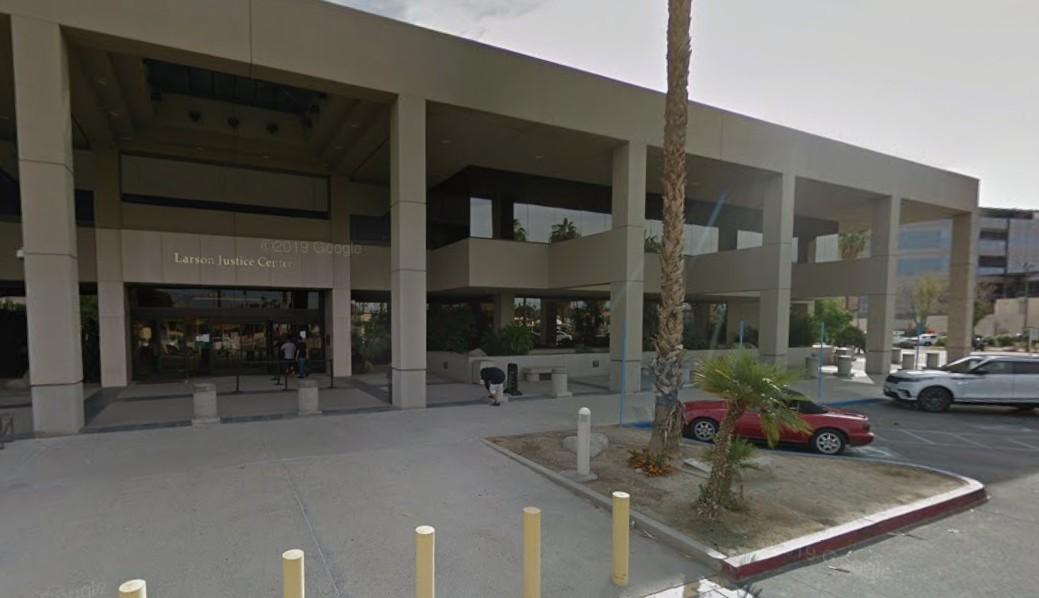Owners of small businesses across the United States are growing desperate as they wait for federal relief to help them survive the fallout from the COVID-19 pandemic, according to an organization that represents them.
Only one-fifth of loan applicants have received any money under the federal Paycheck Protection Program (PPP), according to the advocacy group National Federation of Independent Business (NFIB)—and unless relief arrives by the end of next month, half expect their businesses to go under.





